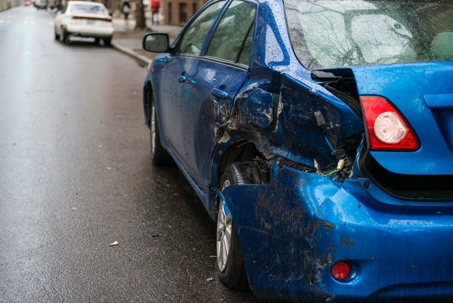What is a Hit and Run?
A hit and run incident refers to a scenario where a car is involved in an accident and then leaves the scene without stopping or providing any identifying information. The cause of the accident does not matter; whether the accident was the fault of the other driver, you, or some other factor, it is unlawful to flee the scene of an accident.
Virginia Law
In Virginia, both the driver of the vehicle and the passengers have a duty to stop, help, and provide information after being involved in an accident. Failure to do so leaves everyone in the car at risk for being criminally charged and penalized. This is important given that there is a large range of penalties dependent on factors like: whether you were the driver or the passenger; whether the other vehicle or property involved occupied or unattended; and the amount of damage that resulted from the incident.
Misdemeanor penalties are often paired with incidents resulting in minimal property damage and no injury or death, regardless of your status as the driver or a passenger. By contrast, what could have been a misdemeanor hit and run becomes a felony when there is injury, death, or, property damage over $1000 (applicable only to the driver). Given the expansive range of how serious a hit and run charge can be, knowing how to defend against it can be crucial to the outcome of your case and the affect it can have on the rest of your life.
How to Defend Against a Hit and Run Charge
The most common defenses to a hit and run charge include:
- Mistaken identity. Perhaps you were neither the driver nor the passenger in the vehicle involved in the alleged hit and run. It may be that the only evidence as the culprit’s identity is purely circumstantial. For example, a case could have been brought when a car registered to you is involved in an accident but it is not clear who was actually driving the vehicle at the time. An experienced attorney may challenge the credibility of the witnesses in order to show that the state cannot prove beyond a reasonable doubt that you were involved in the incident.
- No knowledge of the accident. It is possible that where there was little to no damage and no injury, neither the driver nor any passengers realized their car hit anything. It is important to know that even if your vehicle was not damage in the incident you are still required to stop. For example, if you were to cut someone off and they proceed to crash off the road, you would technically be required to stop at the scene as the proximate cause of the accident. However, if you were not aware the accident occurred, you could not be found guilty of this offense.
- There was a “hit” but no “run.” It may be that you stopped and tried to help or provide your information, but the other party involved was the one to flee.
- Excuse of emergency. If the accident was the result of responding to another emergency, it is unlikely that the court would impose fines or jail time. Instead, you may only be required to pay for the damages caused and potentially the case could be dismissed.
- There was no accident (or at least no proof of it). In order to sustain a charge of a hit and run, there must be evidence that it actually occurred. Without tangible proof of the accident, either from witnesses, video footage, property damage, or injury, there is reasonable doubt that a hit and run even transpired.
It is important to note that these are just a few of the ways to defend against a hit and run. The most important step in defending against a hit and run charge is to consult an experienced attorney. The more information your attorney has regarding the facts and circumstances of your specific case, the greater the help they can provide in working to identify any mitigating evidence.
If you have been involved in a hit and run incident or still have questions, please feel free to reach out to our attorney’s here at Dischley Law.
